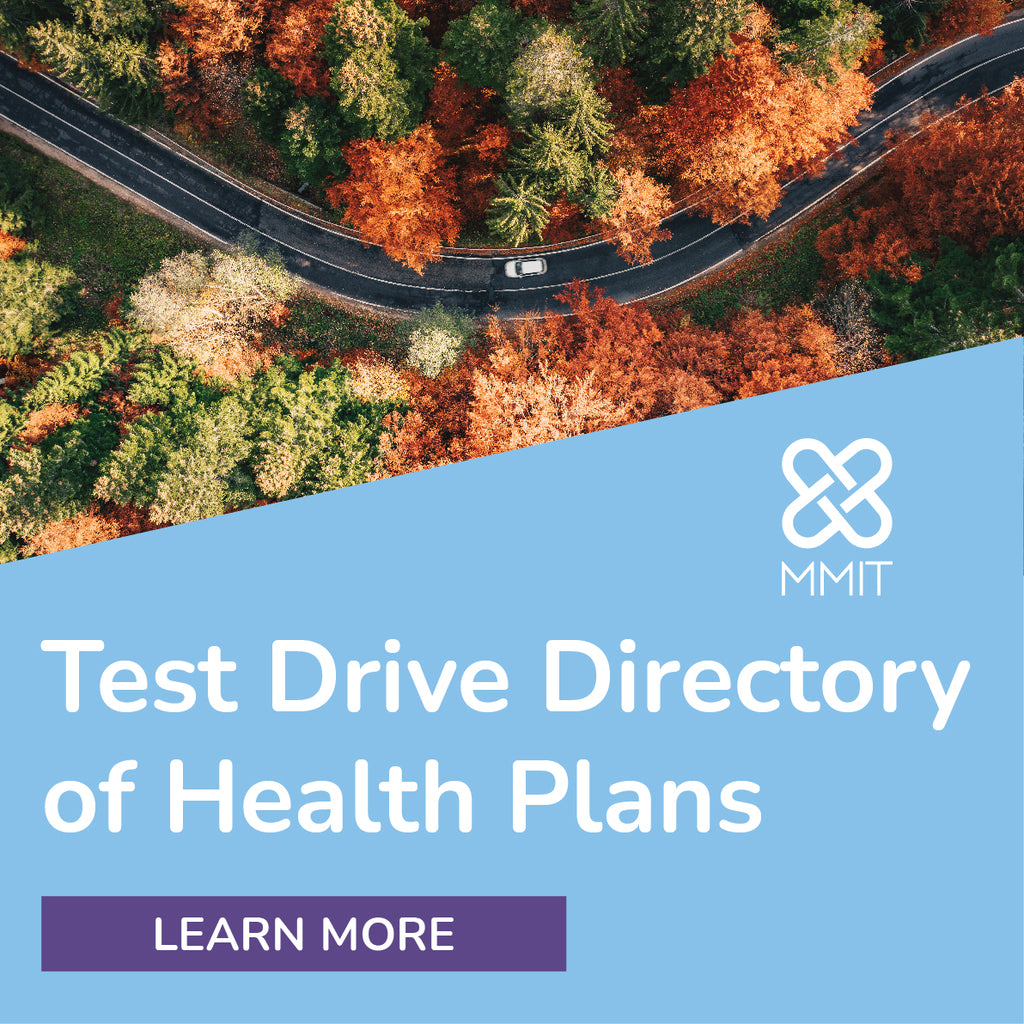Radar on Medicare Advantage
-
News Briefs: Second WCAS-Humana Joint Venture Will Deploy $1.2 Billion for Primary Care Clinics
Humana Inc. on May 16 said it had established a second joint venture with Welsh, Carson, Anderson & Stowe (WCAS) to further expand its value-based primary care clinics. (Hg Capital Partners and WCAS share control of MMIT, the parent of AIS Health.) The new JV will provide up to $1.2 billion of additional capital for the development of approximately 100 new CenterWell Senior Primary Care Clinics between 2023 and 2025, said Humana. The expansion follows an earlier JV that is currently deploying up to $800 million of capital to open 67 clinics by early 2023 and support their ongoing operations, added the insurer. WCAS will have majority ownership of the JV, while Humana will own a minority stake.
-
CMS Finalizes MA Rule Provisions, Delays Pharmacy DIR Change
Just a month shy of the bid deadline for the 2023 plan year, CMS on April 29 finalized most provisions of a sweeping Medicare Advantage and Part D rule that was proposed in January. Those provisions included restoring detailed medical loss ratio (MLR) reporting requirements, requiring MA Special Needs Plans to incorporate certain questions on social risk factors into health risk assessments, and finalizing a pathway to allow for star ratings to reflect a Dual Eligible SNP’s local performance. But one Part D provision regarding pharmacy direct and indirect remuneration (DIR) was notably delayed, allowing plans, pharmacies and pharmacy benefit managers time to renegotiate pharmacy pacts.
“Generally speaking, the rule wasn’t surprising. CMS largely did what they proposed. I think the major concession that plans and PBMs were concerned about was the start date of the pharmacy DIR change, and they had that addressed. But by and large this rule was consistent with CMS’s goals of raising the bar for what it means to be a SNP and for reducing costs at point of sale for seniors” starting in 2024, says Tom Kornfield, senior consultant with Avalere.

-
OIG Report on Prior Authorization Denials Puts Pressure on CMS
As Medicare Advantage insurers face increasing scrutiny from lawmakers over coding practices and a pending pay boost of 8.5% next year, a new HHS Office of Inspector General report on rates of prior authorization and payment denials in MA doesn’t do much to help their case. Although it was based on just a weeklong sample of denial cases, the report adds to a growing body of evidence that the prior authorization process in MA is ripe for improvement and in need of either more guidance from CMS and/or stronger oversight.
Receiving widespread coverage at press time, starting with a New York Times article summarizing it as “saying that insurers deny tens of thousands of authorization requests annually,” OIG on April 28 released a report titled, “Some Medicare Advantage Organization Denials of Prior Authorization Requests Raise Concerns About Beneficiary Access to Medically Necessary Care.” The report immediately drew praise from providers, such as the American Medical Association (AMA), which issued a statement agreeing with federal investigators’ recommendations on reining in inappropriate denials. But AMA argued that more needs to be done, such as passing a bipartisan bill that aims to establish new electronic prior authorization (PA) requirements on MA insurers.

-
PHE Extension, Medicare AEP Boost ’22 Earnings Projections
Better-than-expected first-quarter 2022 earnings aided by Medicare open enrollment successes and the extension of the public health emergency (PHE) drove several insurers at press time to raise their earnings guidance for the year. Some, however, approached their projections with caution as variant-driven surges in the COVID-19 pandemic continue to create uncertainty around utilization.
Reporting first-quarter earnings on April 27, Humana Inc. said its results from the latest Medicare Annual Election Period (AEP) were slightly better than projected and it is making progress on a $1 billion value creation plan unveiled last quarter that will allow the company to further enhance its Medicare offerings. For the AEP that ended Dec. 7, improvements were “driven by higher sales and improved voluntary termination rates,” explained President and CEO Bruce Broussard during an April 27 conference call to discuss recent quarterly earnings. Broussard also provided a detailed update on Humana’s efforts to improve the sales experience through its various distribution channels.

-
Biosimilars Stand to Cut Costs for Medicare Part D and Beneficiaries, If Uptake Improves
New biologic drugs cost Medicare Part D and its beneficiaries almost $12 billion in 2019, but increased biosimilar uptake could cut spending significantly in coming years, according to a March report from HHS’s Office of the Inspector General (OIG). Specifically, the OIG report pointed to upcoming launches of Humira (in 2023) and Enbrel (in 2029) biosimilars as potential catalysts for change. The two biologics alone accounted for nearly half of 2019’s Part D spending. Studying 2019 Part D plan formularies, OIG found that biosimilar uptake for four select drug classes was limited due to lack of coverage, and formularies that did cover biosimilars did not encourage their use over the original reference products despite their lower cost. OIG advised CMS to encourage payers to place biosimilars on formulary, which the agency agreed with. As of the second quarter of 2022, most Medicare beneficiaries still have better access to the biologics OIG studied over their biosimilars, with the exception of Teva Pharmaceuticals’ Granix, a biosimilar to Amgen’s Neupogen, and Pfizer’s Retacrit, a biosimilar to Amgen’s Epogen and Johnson & Johnson’s Procrit. Granix holds covered or better status for 51% of Medicare beneficiaries, according to data from MMIT Analytics (MMIT is the parent company of AIS Health). Retacrit, meanwhile, holds 66% covered or better status.











